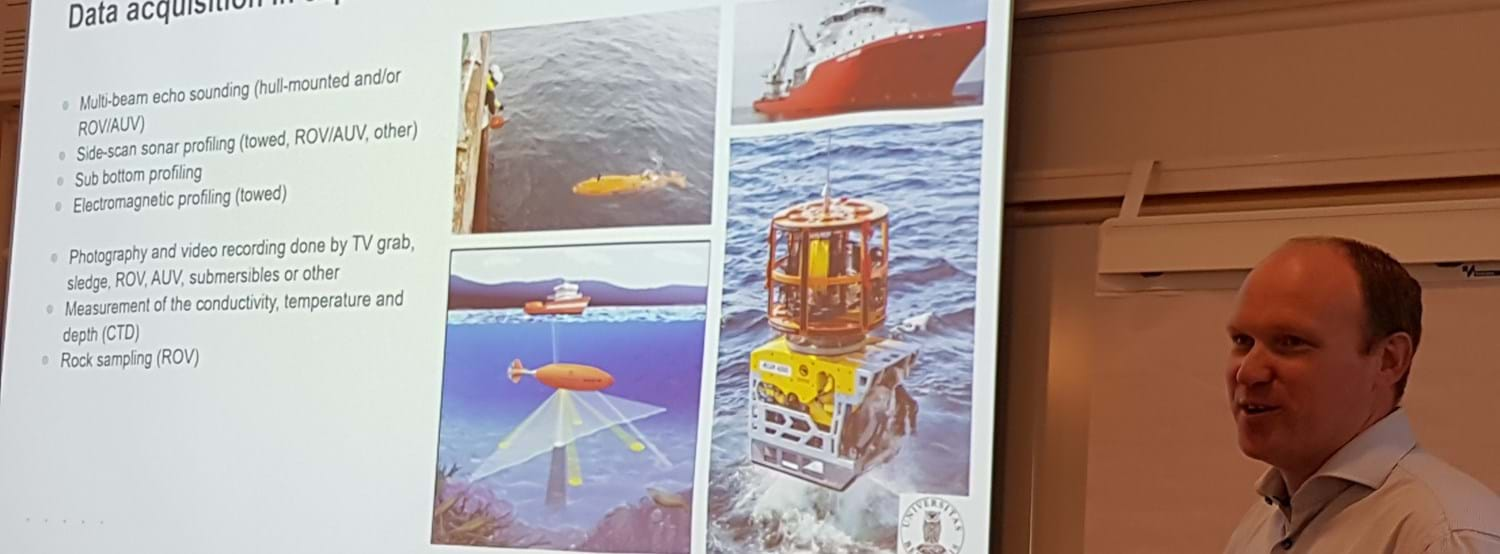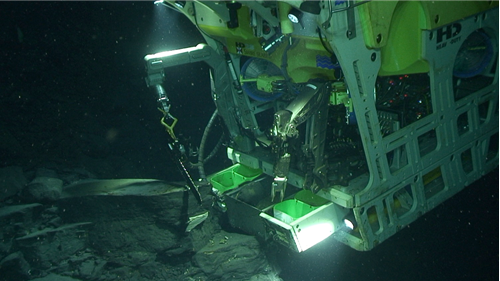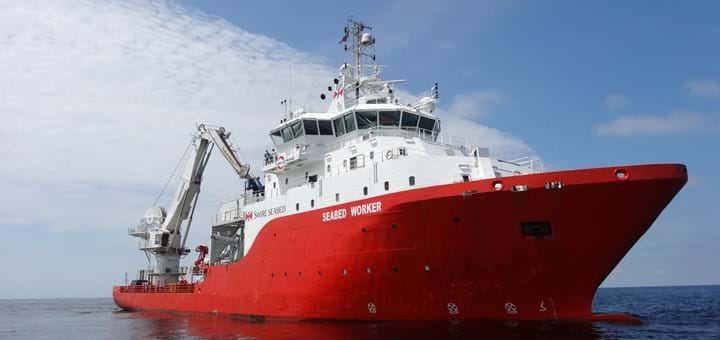Supporting New Innovation Centre

We are working on establishing a Centre for Deep Sea Innovation, targeting technologies for efficient mapping of the seabed, with primary focus on marine minerals.
The ocean covers about 70% of the earth’s surface and represents vast resources for food, medicine, minerals and energy. The oceans average depth of about 4000 meters, makes it very costly and complex to access.
A consortium of world-leading industry and R&D partners are committed to apply for status as Centre for Research based innovation (SFI). The main objective is to advance technology to cost and energy efficiently explore the 80% of the ocean seafloor still unexplored.
Challenges and Opportunities
Improved exploration technologies is key to enable efficient survey and characterisation of marine minerals. Resource estimates is currently varying a lot and it is essential to establish the resource potential as well as the environmental impacts prior to starting exploitation activities.
The Centre for Deep Sea Innovation will address the major technology challenges limiting our exploration capability. A primary focus is improving autonomy of underwater vehicles. The Centre will also focus on sensors, communication and data processing technologies supporting collaborative autonomy under water.
Join our Subsea Innovation Day 16 September to learn more about autonomy.
Marine minerals – On the Move
The transition to renewable energy and electric transportation requires access to new mineral resources. More recycling and a circular economy will not be enough. Most extracted mineral resources are currently tied up in existing infrastructure and equipment.

Photo by Centre for deep marine research, UiB
The Ministry of Petroleum and Energy took over management responsibility for exploration and recovery of mineral deposits on the continental shelf in 2017. Following this, the Norwegian Petroleum Directorate has conducted two exploration cruses to map marine minerals at the Mohn ridge. Norway’s law on marine minerals on the Norwegian Continental shelf enters into force July 2019. International legislation is moving forward and expected to be finalized in 2020.
Many Applications for the Solutions
The Centre sees a wide range of possible applications for the knowledge and technology planned developed. Pipeline and cable surveys will benefit from increased autonomy. Bioprospecting in the deep sea, environmental monitoring and evaluation of geothermal energy potential are other possibilities. Norway have a unique opportunity to advance existing- and developing new ocean industries.
The Consortium
The Centre will bridge industry and R&D and build on- and compliment several large research and innovation centres. The University of Bergen will host the centre and be research partner together with FFI, NORCE and Høgskulen på Vestlandet. Kongsberg Maritime, Swire Seabed, DOF Subsea, Argus Remote Systems and Kystdesign were partners in the centre sketch submitted this spring. Following this, the Norwegian Petroleum Directorate and Aanderaa has joined. Furthermore, we are in close dialog with Equinor to join the centre. Both GCE Ocean Technology and the Ocean Innovation Norwegian Catapult Centre will join and strengthen the Centre.
Contact Information

SFI programme
A research centre supported by the Research Council of Norway. Overall objective is to enhance the ability of the business sector to innovate and create value through a greater focus on long-term research.
This is an eight year programme with application deadline 25 September 2019 and start-up autumn 2020.
Learn more about SFI.
Further Reading
Related Events
GCE Ocean Technology Events
Other events

